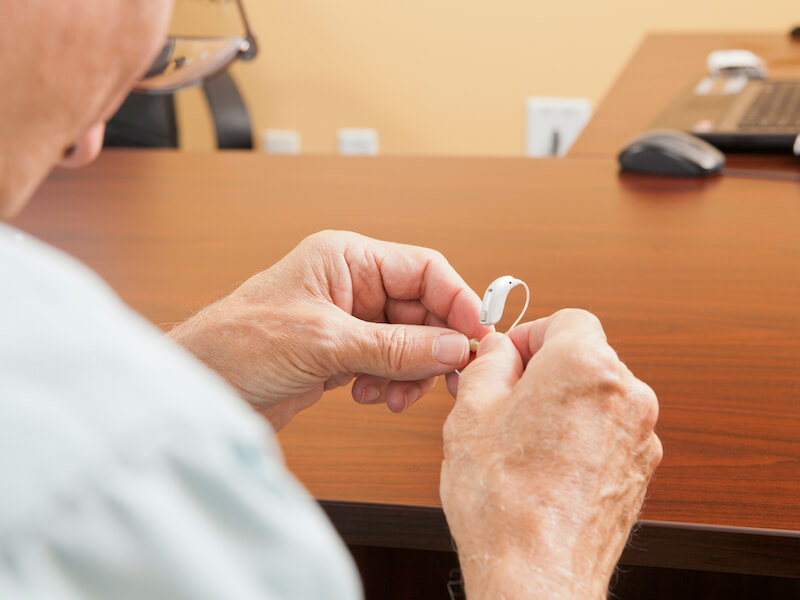You go out of your way to ensure your hearing aids are well taken care of. Cleaning them every day, you make sure they’re safe and snug on their charger when you go to bed.
But you get pretty distressed when your hearing aids suddenly stop working the way they used to. Fortunately, there are a few steps you can take to diagnose the problem. Just don’t forget: your number one job is to avoid damaging your hearing aid further (or you may need to replace them).
Troubleshooting your hearing aid
Of course, when you first got your nice new hearing aids, you made a point of putting the owner’s manual in a safe place. You’ll want to get it out so you can utilize it for troubleshooting and, potentially, maintenance. Using your owner’s manual is important because every model of hearing aid is different.
Here are some things you can check on most models:
- Keep your microphone clear: Check your hearing aid to see if anything is obstructing the microphone. A blocked microphone can create feedback or can cause your hearing aids to sound broken or quiet.
- Check your battery: You’ll still want to check the battery power even if you had your hearing aids on the charger overnight. If your hearing aid has replaceable batteries, it might be a good plan to check if those batteries are inserted properly or if a new one fixes the problem.
- Wax accumulation: Do a visual check of your hearing aid to ensure that there’s no wax accumulation interfering with standard operation. Wax can build up quickly even if you clean your hearing aids frequently so make sure you double check.
- Check for noticeable damage: Does your hearing aid have any noticeable loose components or cracks in its shell? If you find cracks, it could mean that moisture is getting in and there may be more extensive damage.
Again, consult your owner’s manual on how you might address each of these issues. Self-maintenance is sometimes possible.
How will I know when my hearing aid requires repair?
Your hearing aid will probably have to be repaired professionally if you do routine maintenance and it still malfunctions. That might not always sound desirable, after all, you rely on your hearing aid for daily communication (not to mention dinners with your family, staying up to date with your favorite Netflix series, and so on).
It’s certainly worth taking note that “repair” doesn’t always translate into “send your hearing aids in for service and wait several weeks”. In some cases, we can do the repair in office and you can take it with you when you leave.
Or, you’ll be able to bring your hearing aids in for professional help and have them back in a matter of a few hours (this, obviously, depends on the extent of the damage, all the more reason to bring your devices in for repair as soon as you can).
But fast repair will not be possible in every case. A backup set of hearing aids might be necessary in these cases. Maybe you have an old pair that will do temporarily in a pinch. We might even be able to let you borrow a pair while you are waiting.
Get assistance with your hearing aids right away
It’s crucial to get your hearing aid assessed and repaired if you start to notice the sound quality is starting to falter.
You’ll want to try to avoid any downtime. Your mental health and your overall health can be affected by neglected hearing loss. Moreover, once your hearing aids are ignored in a box somewhere, it’s all too easy to pretend they’re not there, meanwhile, your hearing gets worse and worse.
The best way to keep your hearing healthy is to keep those hearing aids working. And the ideal way to do that is to clean them, keep them charged, and, when needed, take your hearing aids to get some professional repair.




